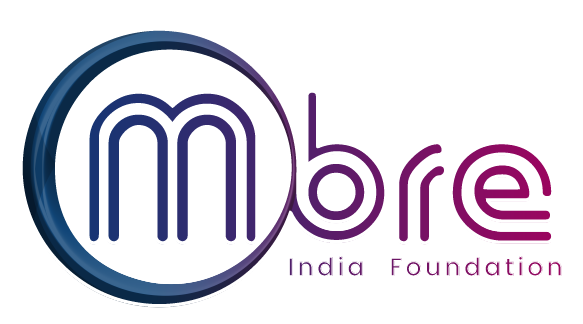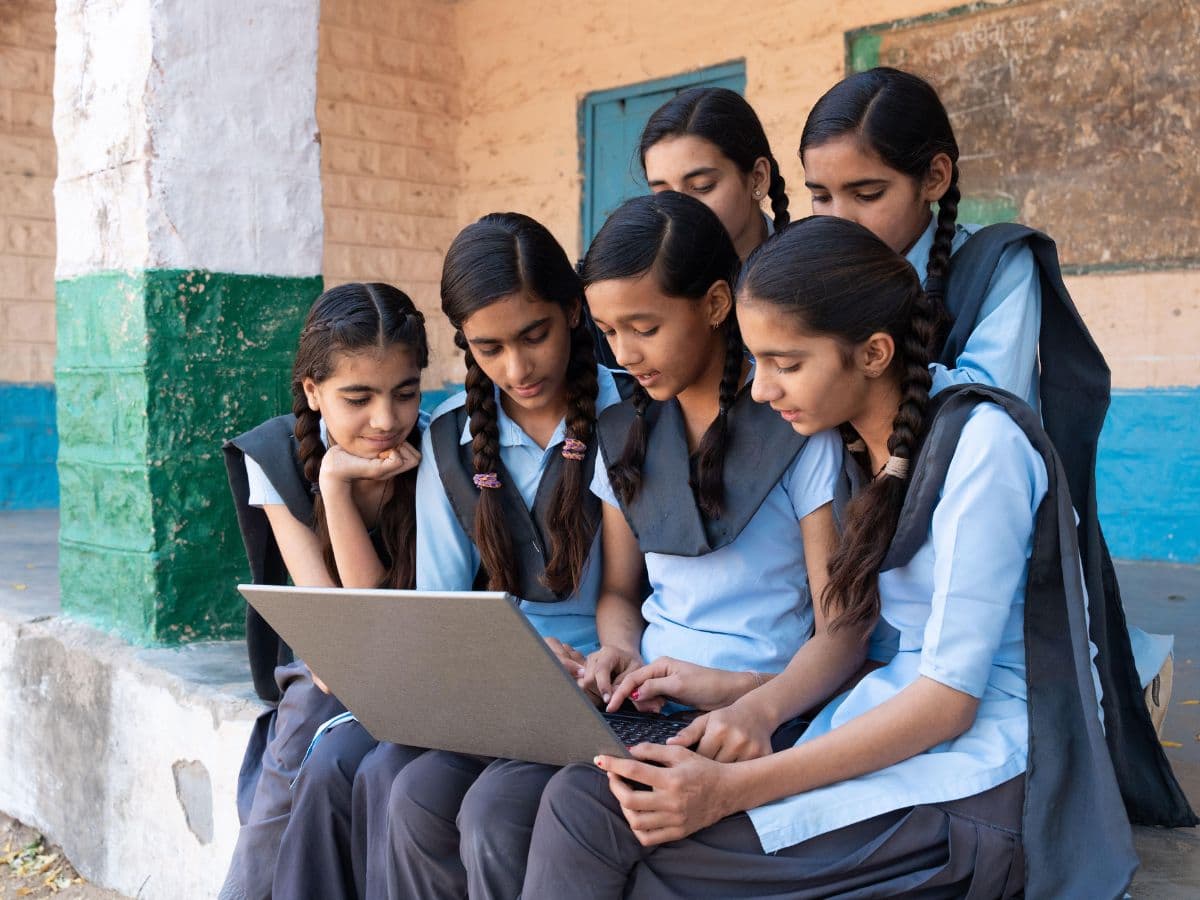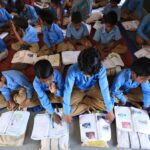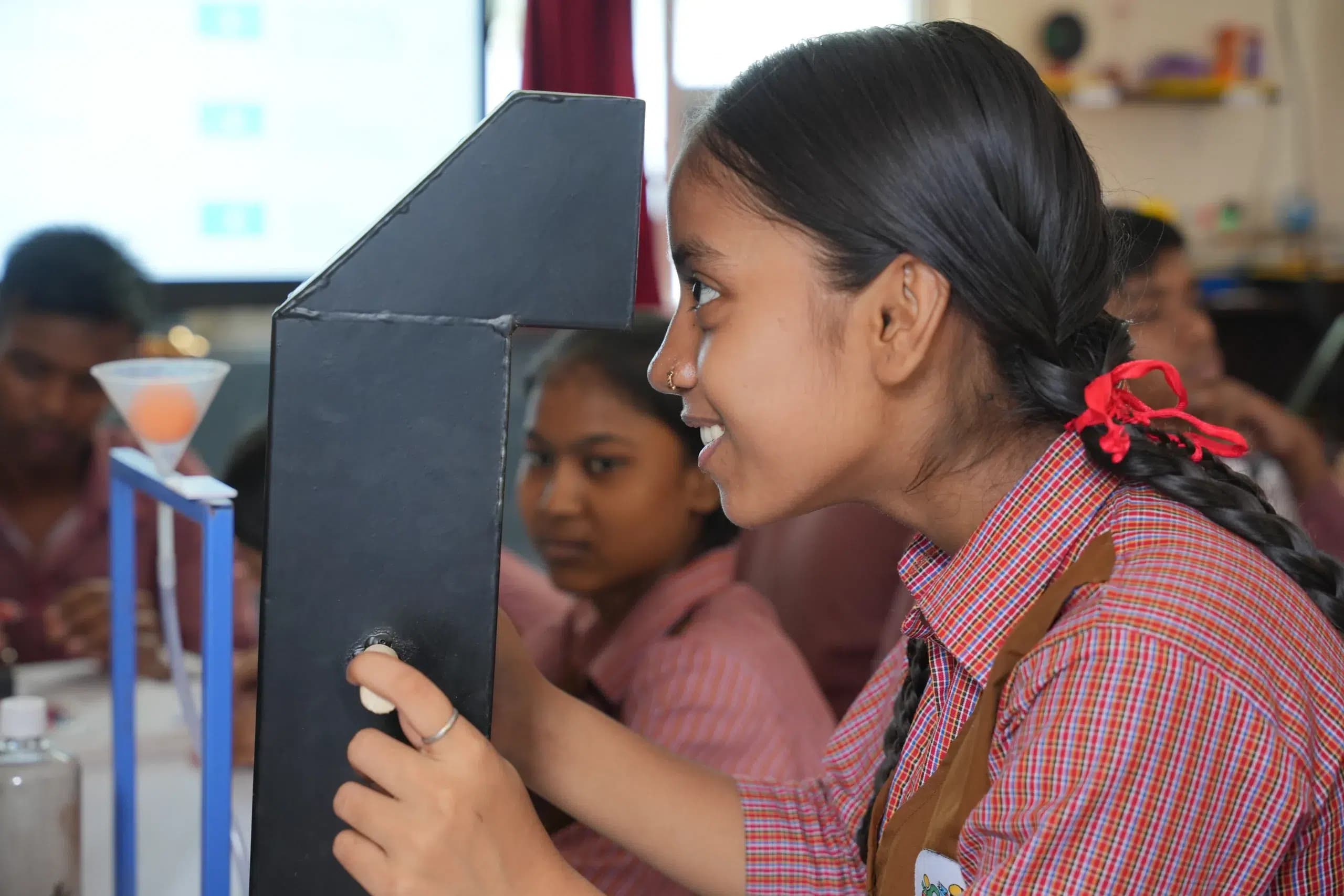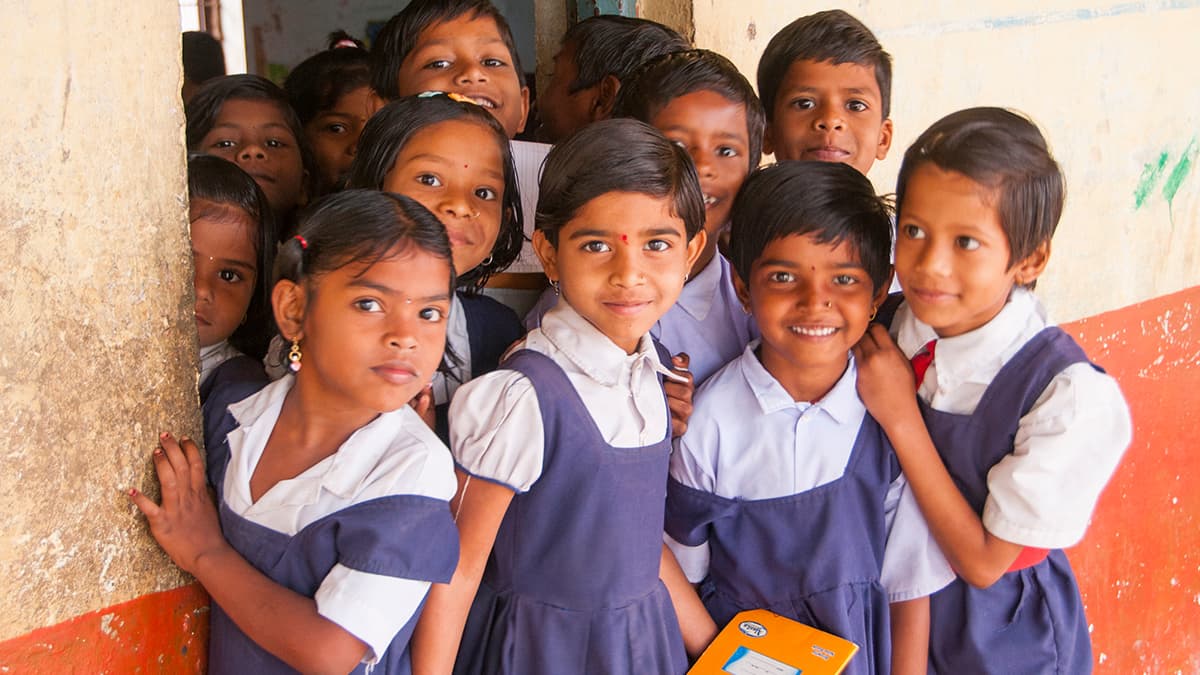Digital learning is changing education in India, which is great because it can help students in the countryside get the same learning chances as those in cities.
More and more people can get online and buy cheap devices, so kids in far-off places can reach the same good stuff as city kids. Things like online classes and learning websites are helping fix issues like not enough good teachers or schools.
Really, it’s about giving every kid a fair shot at learning, no matter where they live. As digital education gets bigger, it’s a key for making education in India fair and set for what’s coming.
Understanding the Rural–Urban Education Divide
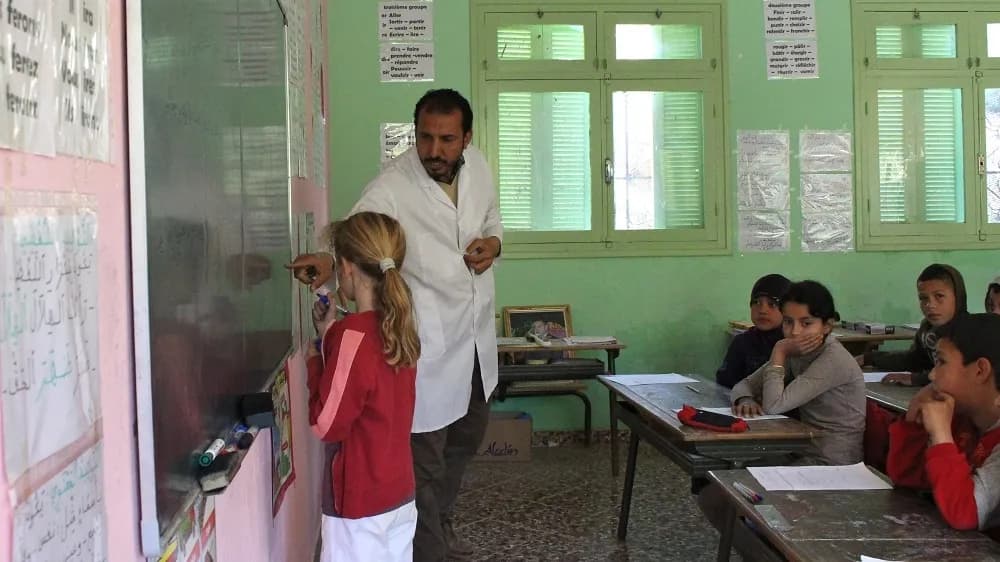
In India, there’s a big difference in education between cities and rural areas, and this has been a problem for a long time. It’s mostly because of what’s available: cities have better schools with more stuff, better teachers, and tech. This obviously gives students there an edge.
On the other hand, schools in the countryside often deal with problems like bad classrooms, no electricity or internet, and not enough teachers. This makes it hard for students to learn and hurts their grades and chances in life. Money problems also play a role. Families in rural areas sometimes need their kids to work instead of going to school.
This gap doesn’t just hold back individual students; it also slows down the country as a whole. Closing this gap is super important so that all kids, no matter where they live, get a good education and are ready for what’s next.
How Digital Learning Is Transforming Access

Digital learning is changing how people get educated by removing things that used to get in the way, like where you live or if there’s good infrastructure.
Now, with phones, tablets, and online stuff, students in the countryside can join classes online, check out recorded lessons, and use fun learning tools whenever they want.
The government and some charities are helping out, too, by giving away free or cheap digital stuff in local languages. Platforms such as DIKSHA and eVidyaloka are giving top-notch learning materials to communities that don’t have enough resources.
Also, digital learning makes education more even, so students in far-off villages learn the same things as kids in cities. This change is making education more open to everyone, flexible, and made for each person’s needs.
Challenges in Implementing Digital Classrooms
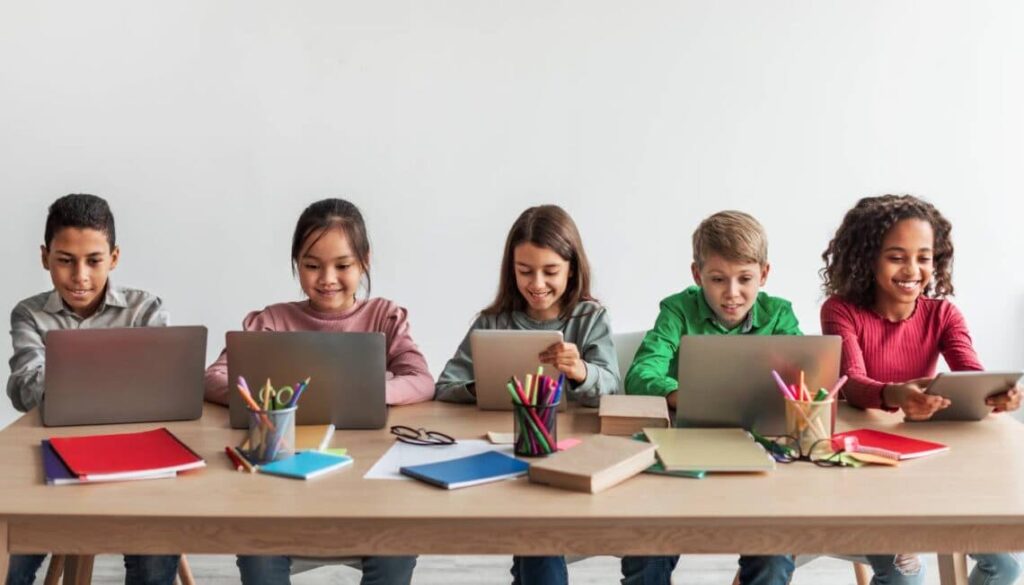
Even though digital classrooms could be great, getting them into rural areas isn’t easy. One big problem is bad internet – it makes it hard to get to online lessons and stuff.
Plus, lots of students and schools out in the sticks don’t have phones, tablets, or computers. And even if they do, the power goes out a lot, which messes up learning.
Also, not many students or teachers know how to use tech well, which makes things tricky. Language can be a problem too, and we need learning stuff that fits the area.
The government and some groups are trying to fix things, but we need to keep spending money, training people, and building stuff so digital classrooms can really help students in rural areas and give them a fair chance.
The Way Forward: Building Inclusive Digital Education Models
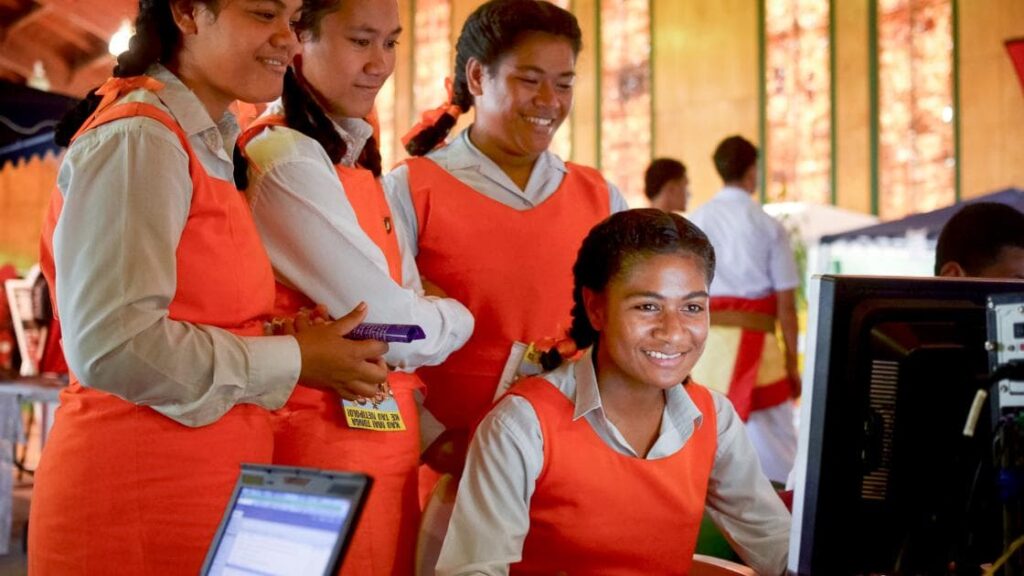
If we want everyone to get a fair shot at digital education, we have to think about two things: having the right tools and making sure everyone can use them.
Getting internet to everyone, especially in rural areas, should be our main focus. Besides that, folks need to be able to afford computers or tablets, and have reliable power. To make sure the learning material is good, it should be in the local language and relevant to what’s going on around them.
We also need to train teachers to use tech well so they can help their students learn online. The government and businesses can team up to spread these solutions and reach people who aren’t getting the help they need.
Keeping an eye on things and checking in regularly is super important. This way, we can fix problems and make things better. With digital education that includes everyone, no kid will be left out, no matter where they live.
How Ombre India Foundation is Leveraging Digital Classrooms to Close the Education Divide
Ombre India Foundation is working hard to close the education gap between cities and rural areas. They’re doing this by setting up digital classrooms in communities that need them most.
By teaming up with local schools and tech companies, the foundation is putting smart devices, internet, and good digital learning stuff in classrooms.
They’re also training teachers to use these tools well, so kids get a good education no matter where they live. By making learning fun and interactive, Ombre India Foundation is helping kids in rural areas get the skills they need for a brighter future.
Help us change education—support our work to bring digital learning to every kid. Go to [Ombre India Foundation] to learn more or give.
